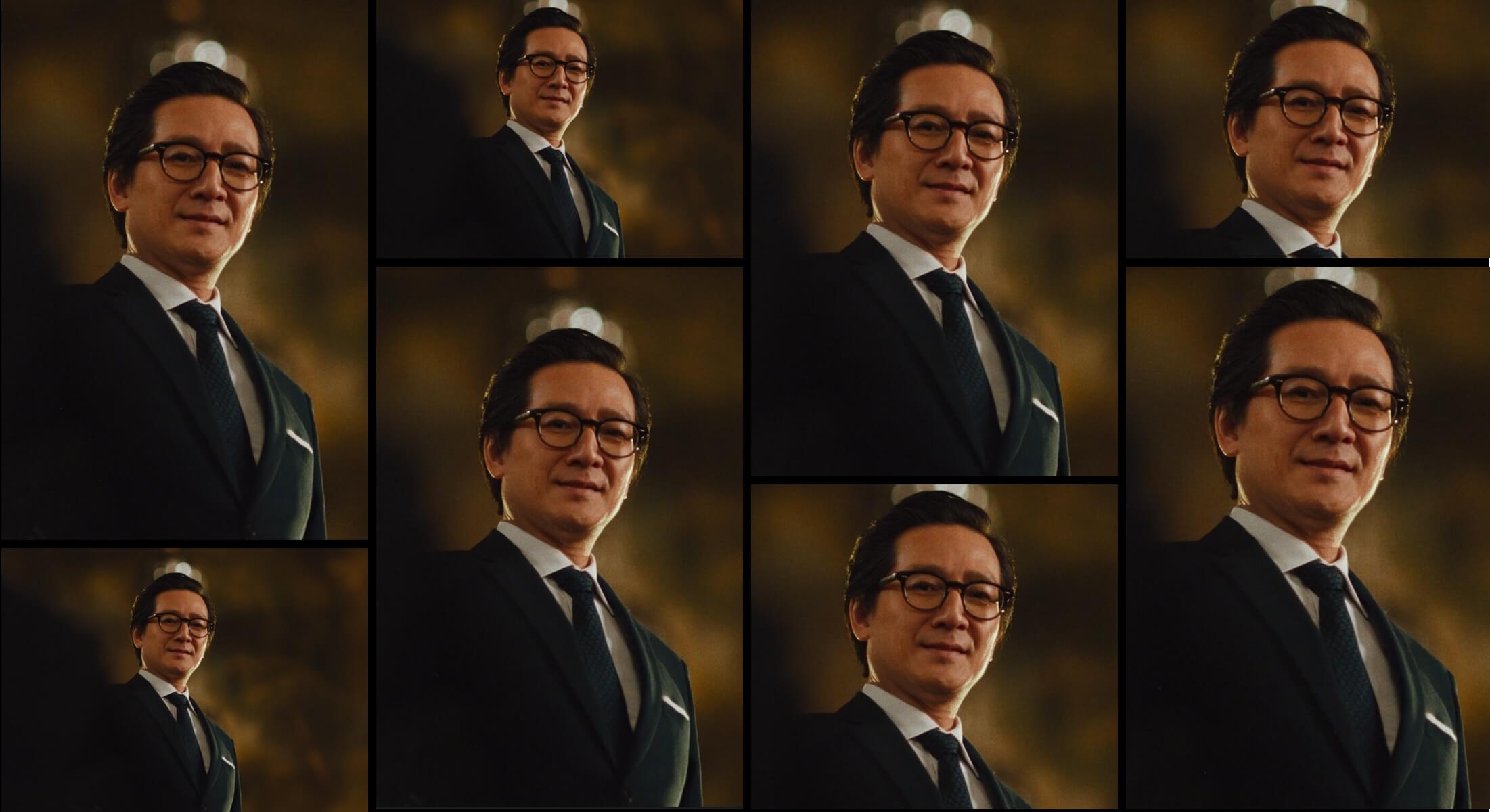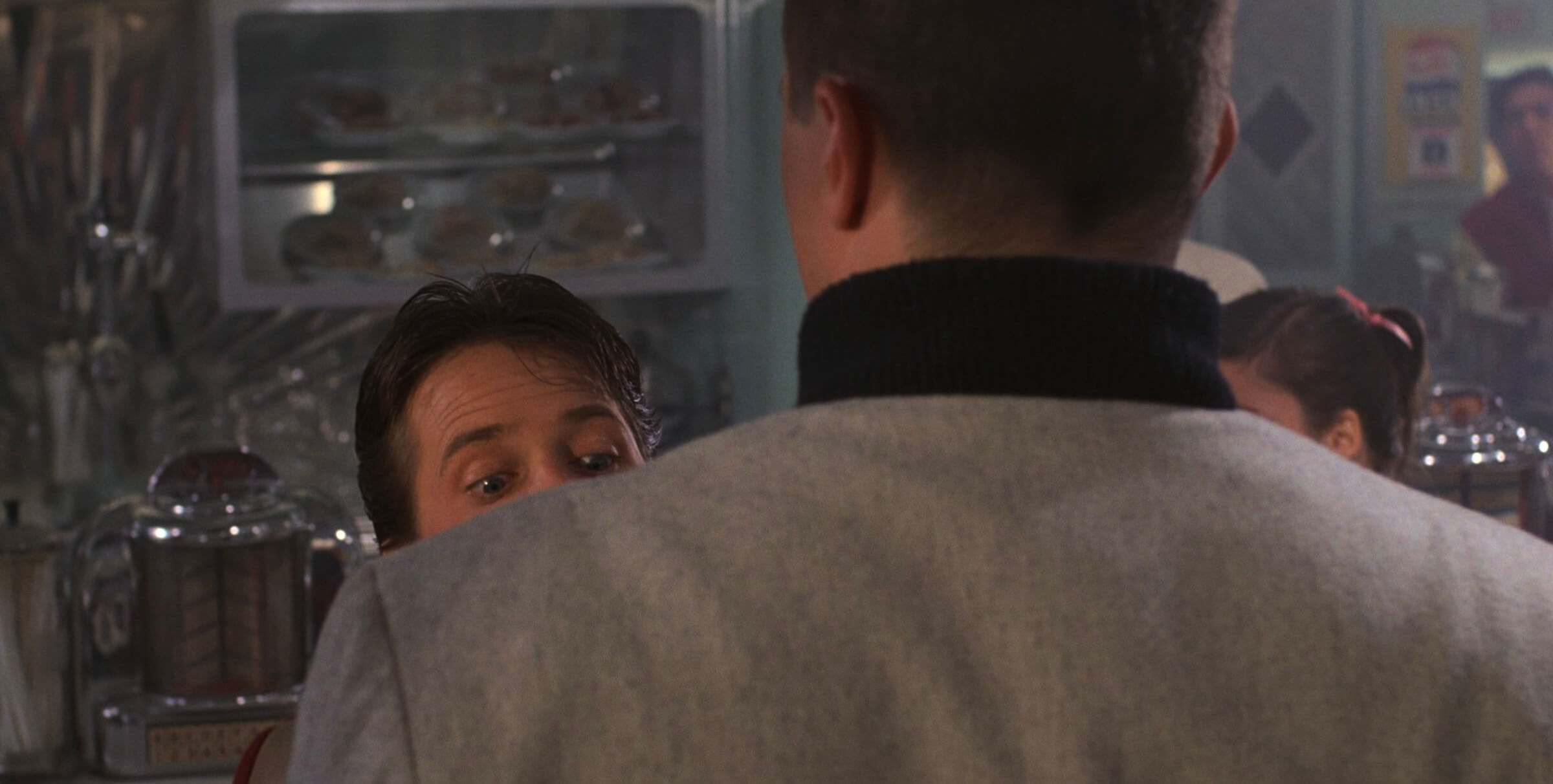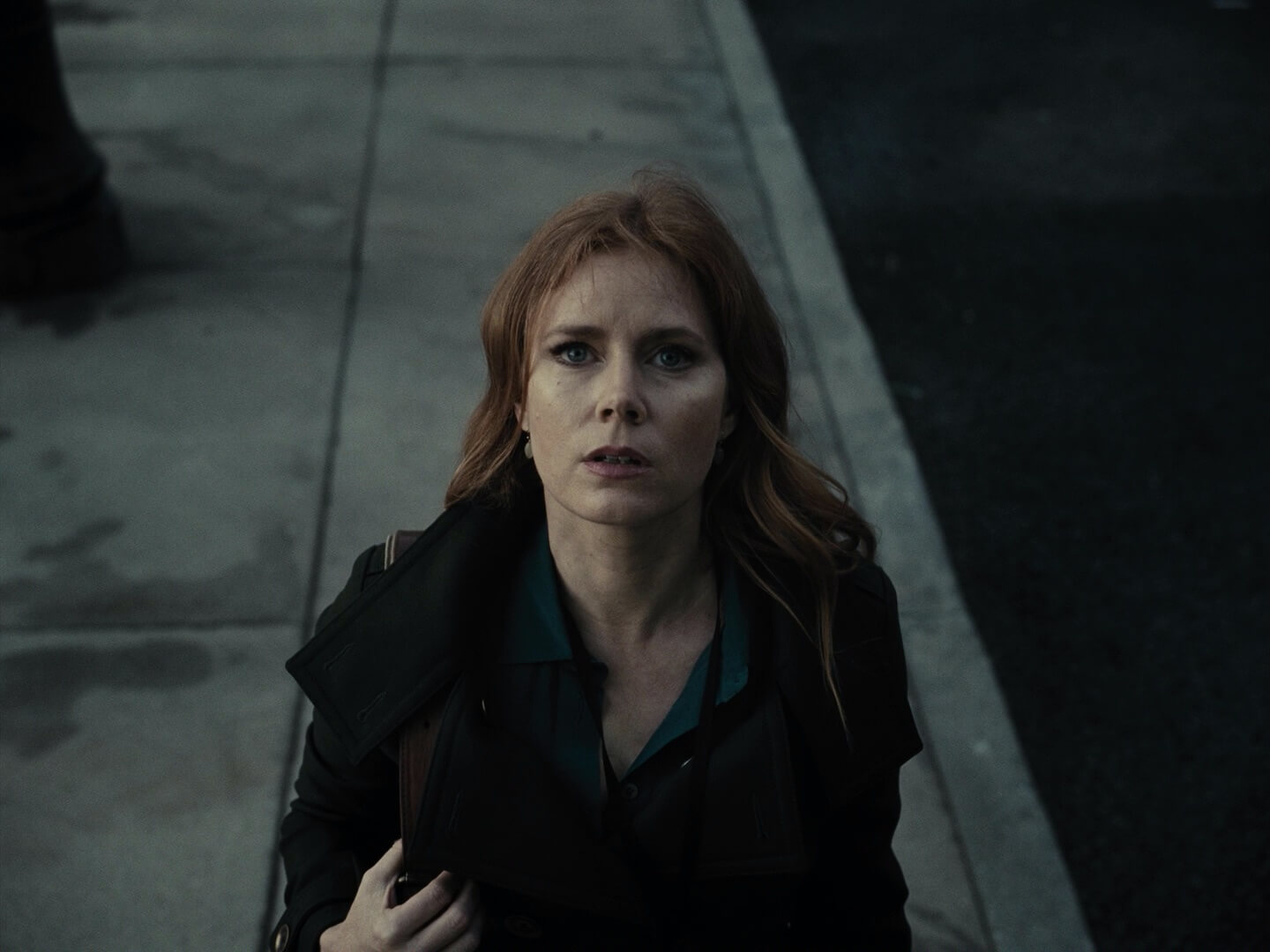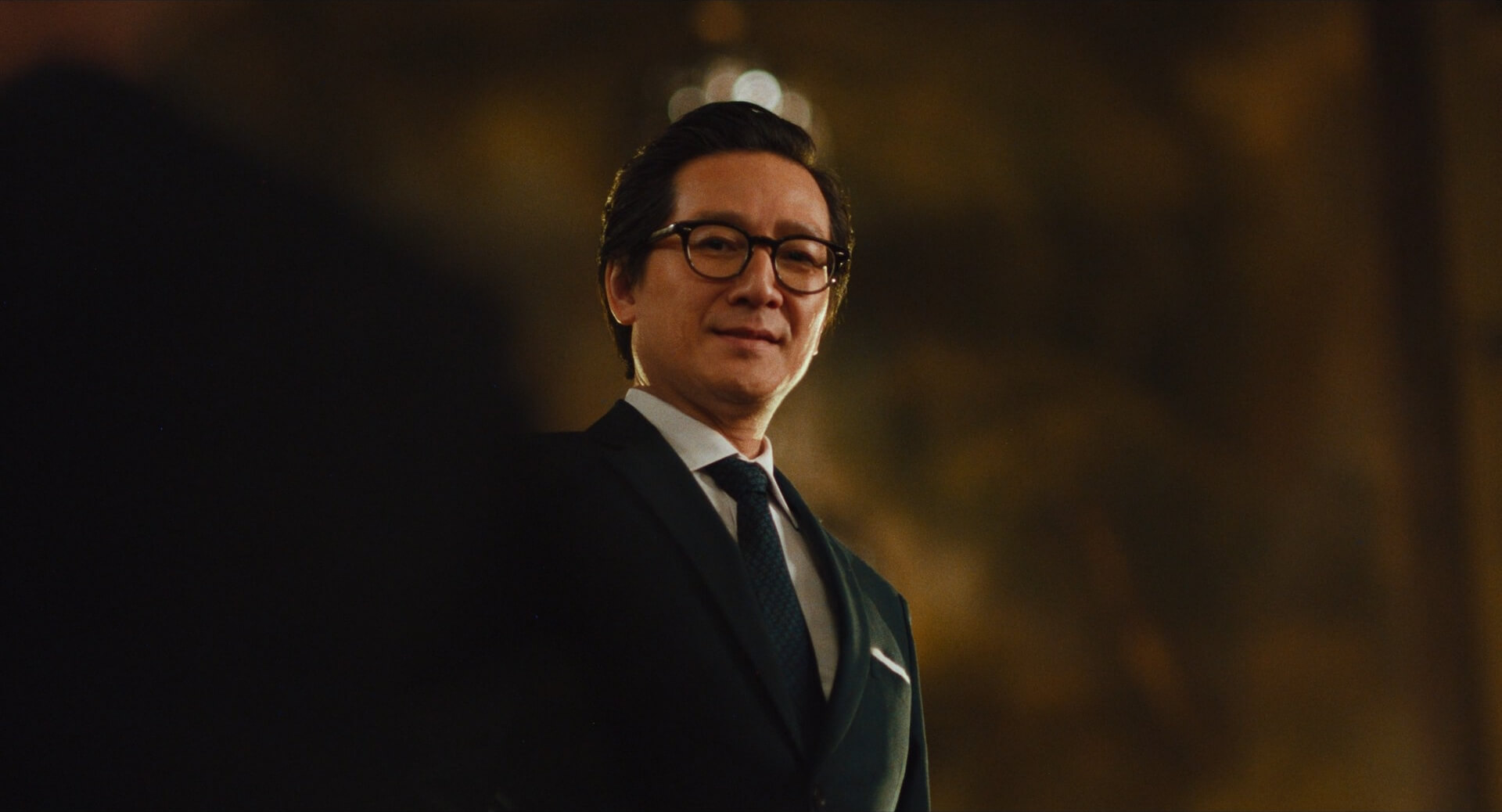home → Camera Movements → Dolly Shot
DOLLY SHOT DEFINITION
What is a Dolly Shot?
A dolly shot refers to a type of camera movement in filmmaking where the camera is attached to a wheeled platform called a dolly. The dolly moves along the surface of a track on the ground, which allows for a seamless and fluid motion capture that can’t be achieved through a handheld shot. Typically, dolly shots allude to the mechanism itself, the dolly, being used to capture the scene, and are often combined with a variety of alternate camera techniques, but more on that soon enough.
For a deeper exploration of this technique, peek our full guide to the dolly shot and equip yourself with an abundance of examples and breakdowns.
Meanings & Purpose
Dolly Shot Examples
Before we get into the thick of the dolly camera shot and all it can do for a scene, let’s highlight some very basic functions of this filming approach. Take a look at the below gallery to immerse yourself in the art of the dolly shot.
Tracks a subject
Emphasizes character emotion
Enhances pacing
Creates perspective
Usages
What does a dolly shot do?
The general idea behind a dolly shot is stable movement. The camera either moves us gracefully in, out, or alongside the action being presented. This may seem simple enough, but various choices around this technique can have a crucial impact on a scene’s pacing and storytelling motive. Here are just a handful of the many outcomes the dolly shot can help produce.
Scene Establishment
The environment a character is in may need to be established before a scene truly starts. The dolly shot can smoothly explore the setting before arriving at the character and action.
Scene Exit
Sometimes the end of a scene calls for something more than a simple cut away. A dolly shot can pull the audience out from a scene and create a powerful conclusion.
Action
If a hero is fighting their way through a hoard of antagonists, a dolly shot can track their action with ease so no stunt goes unnoticed.
Drama
If two characters are arguing, a dolly shot that glides around them in a circular motion can heighten the dramatic intensity of the moment.
Qualities
Dolly Shot vs Zoom Shot
A dolly shot and a zoom shot can both impart the feeling of moving in or out within a scene, so it’s no surprise that one often gets confused for the other. Luckily, the difference can be remembered quite easily through their defining technicalities.
In a dolly shot, the camera physically moves on a track to literally create movement, whereas in a zoom shot, the camera stays stationary, with the lens magnifying the image in or out to create the feeling of movement.
But what if a zoom shot in and a dolly shot out (or vice versa) occur at the exact same time? This is known as a dolly zoom, a shot that creates a sense of unease by shrinking or extending the distance of an environment.

Case Study
Shot listing a dolly shot
Now let’s look at how a professional Hollywood director takes advantage of the dolly shot to convey intense emotion. As you’ll find in the scene below, director Todd Phillips draws out the tragedy of Arthur Fleck with an unforgettable dolly shot from his 2019 film, Joker.
Browse the shot list for a breakdown of the full scene, and ask yourself how the heap of endless hardship that is Arthur Fleck’s life is accentuated through this dolly shot.
It goes without saying that dolly shots can be no laughing matter when used to heighten the desperate woes of a character’s endless struggle.
Still, the dolly shot is capable of expressing a lot more emotion beyond just sadness. Next, we’ll discover what types of feelings are evoked when the dolly shot crosses over with other film techniques.
Unique Pairings
How can you pair a dolly shot with separate camera techniques?
How to combine a dolly shot
On its own, the dolly shot can achieve leaps and bounds more than your average point-and-shoot shot. But what happens when we start mixing alternate types of filmmaking approaches with the standard dolly shot? Take a look below to explore the immense creative potential.
- One-Take: If a long take sequence calls for smoother, more controlled movement, then the dolly shot is the perfect tool to match.
- Wide: Capturing the enormity of a landscape through a wide shot provides the dolly movement an epic point of reference.
- Close Up: Keeping close on a character’s face and emotions while softly gliding with the dolly shot allows for an uninterrupted immersion into a state of mind.
- Whip Pan: A sense of disorientation can occur when a dolly shot seems to be moving toward one subject before suddenly whip panning to another.
- High Angle: While showing a character’s weakness through a high angle shot, the dolly can move around the character to add a sense of turmoil and confusion.
Frequently asked questions about the dolly shot
A dolly shot literally moves the camera through space as to immerse the audience in the feeling that they are moving inside of a scene.
A dolly shot is created by mounting the camera onto a dolly and then moving the dolly through the scene at whichever pace the director prefers.
Dolly shots are most typically used when the shakiness that results from handheld shots needs to be avoided. The dolly shot allows for more fluid and controlled movements through a set.





